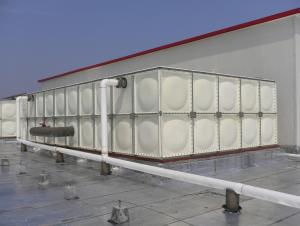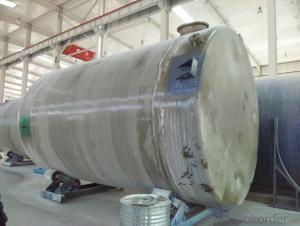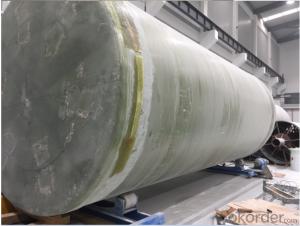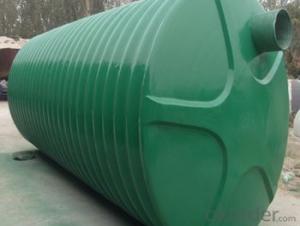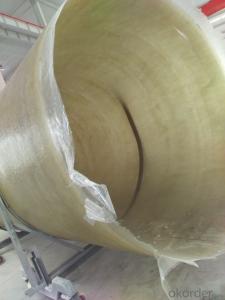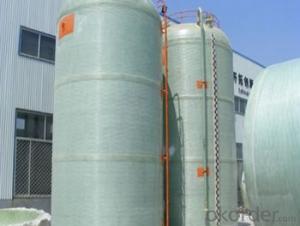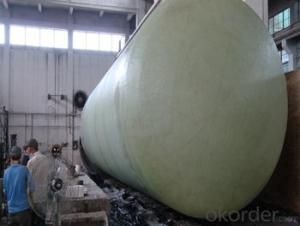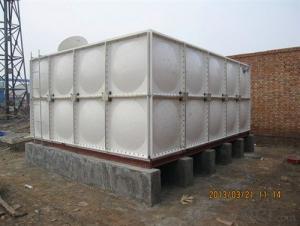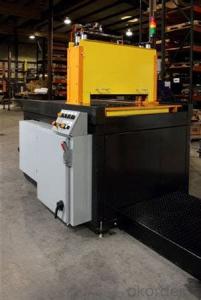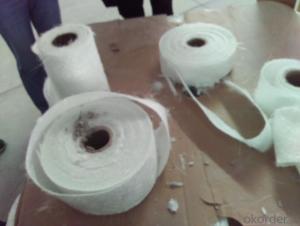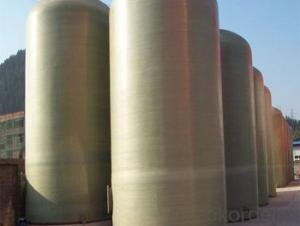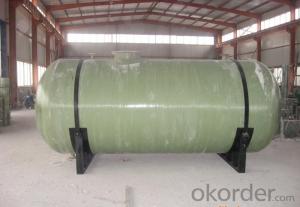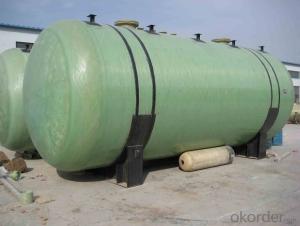All Categories
- - Steel Wire Rod
- - Steel Coils
- - Steel Profiles
- - Steel Pipes
- - Stainless Steel
- - Tinplate
- - Special Steel
- - Steel Sheets
- - Steel Rebars
- - Steel Strips
- - Hot Rolled Steel
- - Cold Rolled Steel
- - Pre-painted Steel
- - Seamless Steel Pipe
- - Welded Steel Pipe
- - Hollow Steel Tubes
- - Galvanized Pipe
- - Stainless Steel Coil
- - Stainless Steel Sheet
- - Stainless Steel Plate
- - Stainless Steel Strips
- - Electrolytic Tinplate Coil
- - Electrolytic Tinplate Sheet
- - Stainless Steel Rebars
- - Solar Panels
- - Solar Water Heater
- - Solar Related Products
- - Solar Inverter
- - Solar Cells
- - Solar Light
- - Solar Energy Systems
- - Solar Controllers
- - Solar Mounting System
- - Solar Pump
- - Solar Chargers
- - Fiberglass Chopped Strand
- - Fiberglass Mesh Cloth
- - Composite Pipes
- - FRP Pultrusion Profiles
- - Fiberglass Mat Tissue
- - Fiberglass Fabrics
- - Fiberglass Mesh
- - Composite Tank
- - Fiberglass Mesh tape
- - Polymer
- - FRP Roofing Panel
- - Fiberglass Roving
- - Monolithic Refractories
- - Ceramic Fiber Products
- - Refractory Bricks
- - Raw Materials For Refractory
- - Suspended Platform
- - Cranes
- - Concrete Machinery
- - Earthmoving Machinery
- - Building Hoist
- - Road Building Machinery
- - Plastic Pipe Fittings
- - Plastic Tubes
- - Plastic Sheets
- - Agricultural Plastic Products
- - Plastic Nets
 All Categories
All Categories
Q & A
What is the role of composite tanks in the development of electric vehicles?
Composite tanks play a crucial role in the development of electric vehicles by providing lightweight, high-strength storage solutions for their energy needs. These tanks, typically made of carbon fiber reinforced polymer, are used to store compressed hydrogen or other alternative fuels onboard electric vehicles, enabling them to have longer driving ranges and faster refueling times. By reducing the weight of the vehicle, composite tanks help improve overall efficiency and performance, while also contributing to the transition towards cleaner and more sustainable transportation.
What are the considerations for transporting composite tanks safely?
There are several considerations for safely transporting composite tanks. First, it is important to ensure that the tanks are properly secured and immobilized during transport to prevent any movement or shifting that could lead to damage. Additionally, the tanks should be protected from extreme temperatures and weather conditions to prevent any potential degradation of the composite material. It is also crucial to comply with any applicable regulations and guidelines for the transportation of hazardous materials, as composite tanks may contain substances that require special handling or precautions. Lastly, thorough inspection and maintenance of the tanks prior to transport is necessary to identify any potential weaknesses or damage that could compromise their safety during transportation.
How do composite tanks handle ground movement?
Composite tanks are designed to handle ground movement by incorporating flexible materials and structural reinforcements. The composite materials used in the tank's construction have excellent strength-to-weight ratios, allowing them to withstand various stresses and strains caused by ground movement. Additionally, these tanks often have reinforced sections or features that provide stability and prevent deformation or damage during ground movement. Overall, composite tanks are engineered to effectively handle ground movement while maintaining their integrity and functionality.
What types of composite materials are commonly used in tank construction?
Fiber-reinforced polymers (FRPs) and carbon fiber composites are commonly used in tank construction due to their high strength-to-weight ratio, corrosion resistance, and durability.
Wholesale Composite Tank from supplier in Serbia
Whether you are in need of Composite Tanks for industrial, commercial, or residential applications, we have a wide range of options to suit your specific requirements. Our Composite Tanks are manufactured with high-quality materials and adhere to strict quality control standards to ensure their durability and reliability.
When you choose our services, you can expect prompt and accurate sales assistance. Our knowledgeable sales team will guide you through the entire purchasing process, helping you select the most suitable Composite Tank for your needs. We will provide detailed quotations, including pricing, specifications, and delivery options, to help you make an informed decision.
In addition to our sales services, we also offer comprehensive technical support. Our team of experienced engineers and technicians are available to assist you with any technical queries or concerns you may have. Whether it's installation guidance, maintenance tips, or troubleshooting assistance, we are here to help ensure the optimal performance and longevity of your Composite Tanks.
As a subsidiary of CNBM, a Fortune Global 500 company, we have the resources and expertise to deliver high-quality Composite Tanks in a timely manner. Our strong presence in Serbia allows us to understand the local market dynamics and provide valuable insights and expertise to help you achieve your project goals.
At our company, we are committed to providing you with convenient and efficient one-stop procurement services for Composite Tanks in Serbia. Contact us today to discuss your requirements and let us assist you in finding the perfect solution for your Composite Tank needs.
When you choose our services, you can expect prompt and accurate sales assistance. Our knowledgeable sales team will guide you through the entire purchasing process, helping you select the most suitable Composite Tank for your needs. We will provide detailed quotations, including pricing, specifications, and delivery options, to help you make an informed decision.
In addition to our sales services, we also offer comprehensive technical support. Our team of experienced engineers and technicians are available to assist you with any technical queries or concerns you may have. Whether it's installation guidance, maintenance tips, or troubleshooting assistance, we are here to help ensure the optimal performance and longevity of your Composite Tanks.
As a subsidiary of CNBM, a Fortune Global 500 company, we have the resources and expertise to deliver high-quality Composite Tanks in a timely manner. Our strong presence in Serbia allows us to understand the local market dynamics and provide valuable insights and expertise to help you achieve your project goals.
At our company, we are committed to providing you with convenient and efficient one-stop procurement services for Composite Tanks in Serbia. Contact us today to discuss your requirements and let us assist you in finding the perfect solution for your Composite Tank needs.
